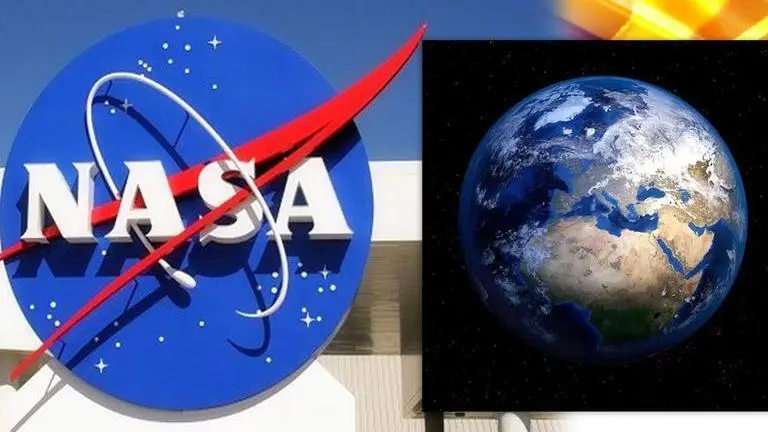Updated 4 September 2021 at 16:59 IST
Earth's climate may see two different scenarios in future, claim NASA researchers
According to a study by the researchers at NASA Goddard Institute for Space Studies, Earth's climate may see two different scenarios in future.
- Science News
- 2 min read

The researchers at NASA Goddard Institute for Space Studies, located at Columbia University in the United States, revealed that there could be changes in future climate scenarios. The research, led by Michael Way, based their findings by looking at the evolution of plate tectonics on Earth, its slower rotation rate and the Sun's increased brightness to predict the planet's terrestrial future. The study, published in 'Geochemistry, Geophysics, Geosystems' journal, found two different scenarios that might occur in the near future. It further stated that the mean surface temperature in these two potential cases differs by several degrees Celcius, according to Hindustan Times. The researchers noted that in one of the cases, continents, at present, seem to form a single landmass near the equator, while as per the other case, present-day continents, apart from Antarctica, seem to be getting pushed north of the equator.
Continents agglomerate into supercontinents before dispersing
Mentioning the supercontinent cycle, the study also shows that continents agglomerate into supercontinents and then disperse over a cycle of 400 to 600 million years. Stating the example of Pangaea, which was formed around 310 million years ago and began breaking up approximately 180 million years ago, the researchers claimed that the next supercontinent would take at least 200-250 to be formed. They further added that at present, the earth is halfway through the scattered phase of the ongoing supercontinent cycle. While studying the future of Earth's climate, the searchers noted important links between large-scale tectonics and climate changes. According to researchers, there could be possibly two plausible formations in future. One is Amasia, a high latitude northern supercontinent that could develop in about 200 million years; the other is Aurica, a low latitude supercontinent that could develop over the next 250 million years.
Scientists design several models to predict Earth's future climate
It should be noted here that scientists have designed several models to predict the Earth's future climate. While a team of researchers are looking into the effects on climate change brought about by changes in topography, another set of researchers took increasing rates of carbon dioxide and solar insolation over time into account to explore Earth's future climate. Meanwhile, a recent study has also found concrete evidence to establish that volcanoes are responsible for maintaining temperatures at Earth's surface. The scientists also noted that the volcano acts as a safety valve for Earth's long-term climate.
Image Credit: PTI/Pixabay
Published By : Anurag Roushan
Published On: 4 September 2021 at 16:59 IST
